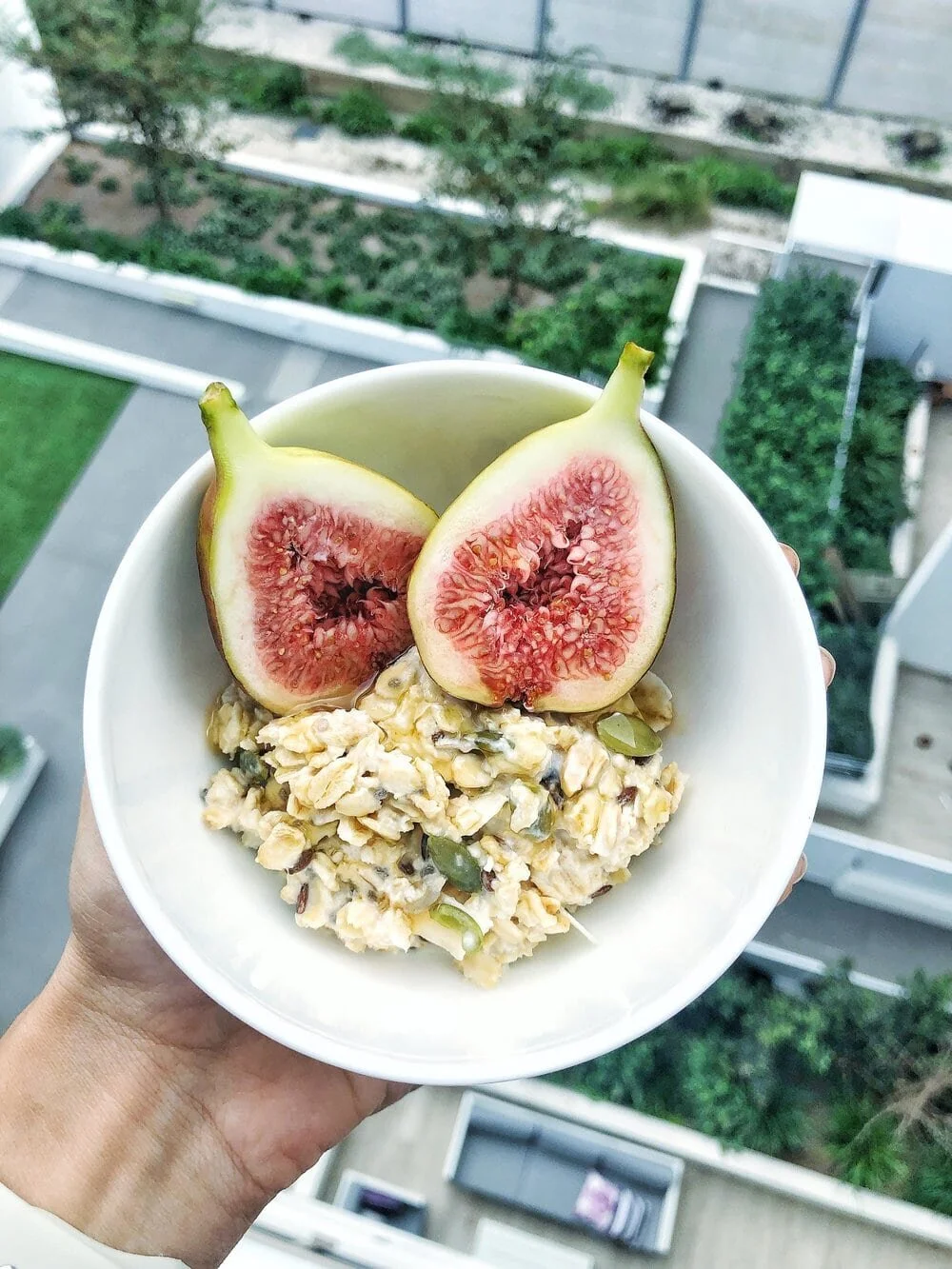Grocery Shopping This Weekend? How to safely store food and save money
Do you notice yourself doing a big grocery shop only to find that a week later your food is spoiling before you’ve even remembered it's in the fridge? No one likes wasting food (or money), so we are here to help!
There are many different ways to keep your food safe and long-lasting, and this depends on the particular food and whether it is perishable or non-perishable. Food storage has changed drastically over the decades, with the invention of the Tupperware, and now the many “smart storage” Tupperware that tell you when your food is going off - pretty cool!
In this article however we are going back to basics - no fancy technology, just your fridge, freezer and some useful tips to make your food last longer, reduce food waste and ensure your food is safe for consumption.
How do I extend the shelf life of food?
As you probably know, some foods need to be stored in cool temperatures, whereas others store well at room temperature. This comes down to whether the food is perishable or non perishable.
Microbes, which are tiny living ‘things’ that live all around us, grow in our food and cause a variety of different changes. Now before you squirm, some of this growth is desirable, for example fermentation in foods like yogurt, kombucha and even alcohol. Other changes are not so desirable and can leave the food spoilt and dangerous to consume.
Microbes thrive in environments such as:
Warm (but not hot)
Moist
Protein rich
Low acidity
Because of this, we have something called the danger zone. The danger zone refers to a range of temperatures where your food is more likely to spoil, and if left in that temperature range for too long, will be deemed unsafe (or dangerous) for consumption. The danger zone, applicable to perishable foods, ranges between 5 and 60 degrees celsius. So make sure to keep those foods in the fridge (4 degrees or below), in the freezer (below 16 degrees) or heat them to above 60 degrees.
Perishability refers to how quick a food will spoil (or be deemed unsafe for consumption).
Perishables: include our fresh fruit and vegetables, meat, poultry, fish, eggs, dairy products and cooked food to name a few. These foods should be kept outside the danger zone or they will spoil within a couple of hours. Generally these foods contain a high level of protein and/or moisture, making them the perfect environment for bugs to grow and flourish.
Non-perishables: these are generally our ‘pantry items’, such as pasta, rice, crackers and canned food items. These foods can be kept at room temperature (within the danger zone) for months, sometimes years before spoiling. In general, these foods are preserved and often have very low moisture levels.
Unsure where to store your food? Read the instructions on the packaging! If it is fresh fruit, vegetables or fresh animal products, pop it in the fridge or freezer. The packaging should also tell you whether it should be refrigerated or kept in a ‘cool dry place’ AKA pantry. The easiest way to guess is to think about where in the supermarket you found that food - this will generally be the place you store it too.
Once you have decided where to store it, you now need to decide how long to store it for. As mentioned, non perishables can last a lot longer and at room temperature. With the exception of fresh fruit and vegetables, all your food should have a best before or use by date.
What is the difference between best before and use by dates?
Best before: the best before date is an indication of quality rather than safety. For example, milk has a best before date, because after that date it is generally still safe to consume, however it may become sour in taste and lumpy in texture - not desirable.
Use by: the use by date indicates when the product is no longer safe for consumption. These products should NOT be eaten, cooked or frozen after this date.
Freezer Friendly Foods
Along with refrigeration and room temperature storage, we also have freezers. We know that frozen food, in particular meat, poultry and fish can last longer, but why is this?
Freezing your food will slow and freeze microbial growth - NOT kill microbes. Frozen items will also have a shelf life. Frozen fruit and vegetables can last approximately 8-10 months, however it is best to look at the packaging for their best before or use-by dates. The shelf-life of animal products will differ depending on the animal.
General rule of thumb, the fattier it is the shorter it lasts. Many freezers will have these instructions either in the manual or somewhere inside the freezer - try find yours!
Raw meat (including beef, lamb, pork): 6 months
Raw poultry (such as chicken or turkey): 6 months whole, 4 months in parts
Raw fish: fatty fish 3 months, white fish 6 months
Unsure how long your meat has been in the freezer? Look out for dried out grey or brown spots on your thawed meat, fading or stickiness on thawed chicken and white/brown dry flakes on thawed fish.
Take a look at this article from The Healthy Food Guide on freezing food and the Australian Institute of Food Safety for more information.
Our top four simple food storage tips:
Before placing your items in the freezer, label them and put the date on the label. This way when you take it out, you will know if it has been in there too long and it will be easier for you to choose what to thaw first.
Pack the freezer so those things you should use first are at the front. Yes, we know this may seem like a lot of effort every time you put something in the freezer, however it will save you time when grabbing things to defrost. An extra bonus is that it will lead to less food waste. How many times have you put something in the freezer and completely forgot it has been sitting there for months (or years)?
Freeze your herbs and sauces! Herbs and sauces, particularly pesto and tomato-based sauce freeze well, especially if you put them in ice cube trays. Bonus - you'll have already portioned sauces when you are ready to use them!
Tupperwares (or containers) are your best friend. Pantry food stores best when it is in an airtight container. This way oxygen and bugs are kept outside - preventing the food going stale and spoiling.













